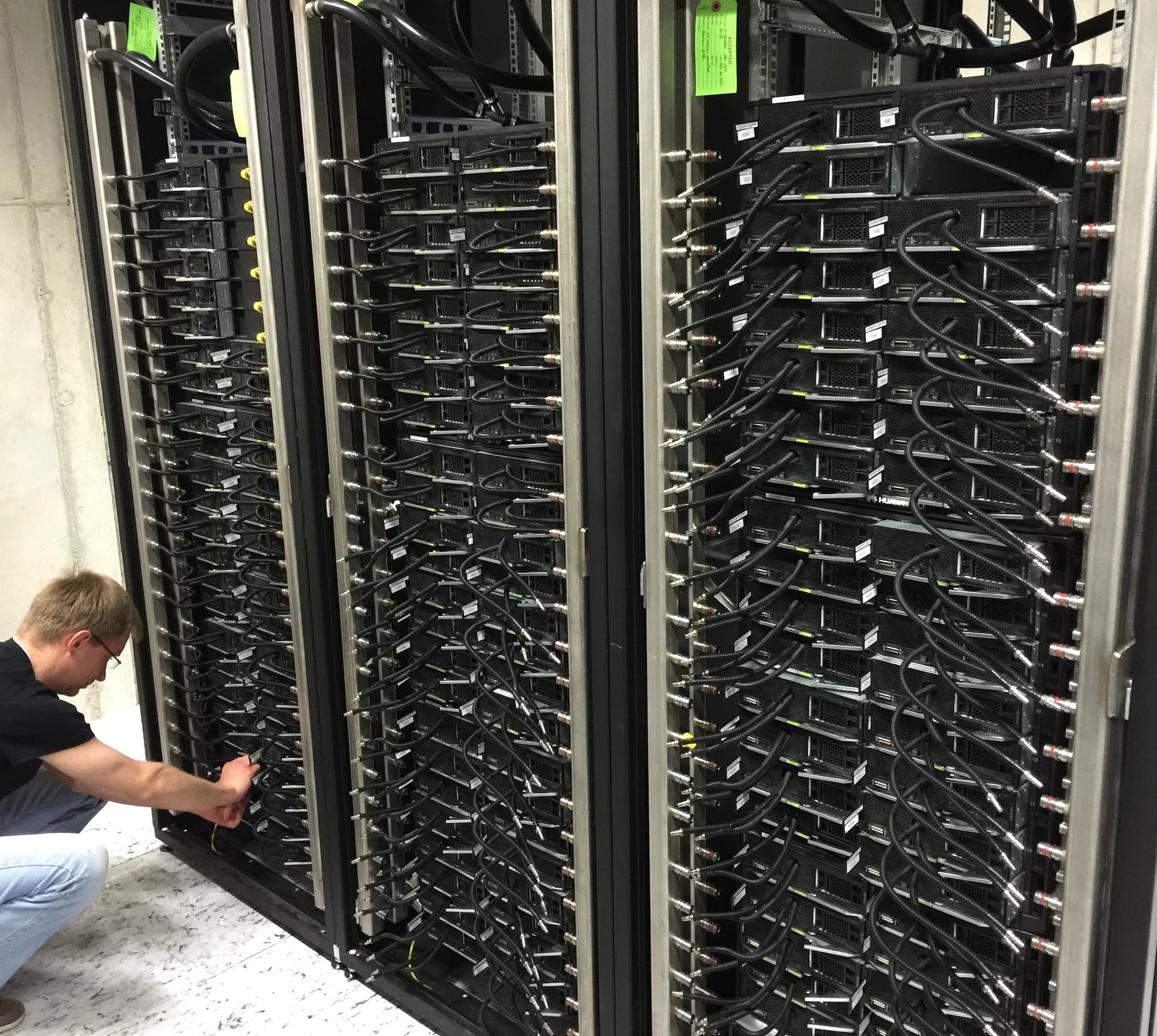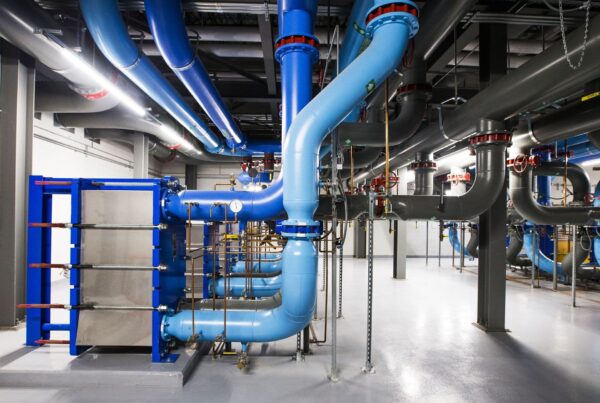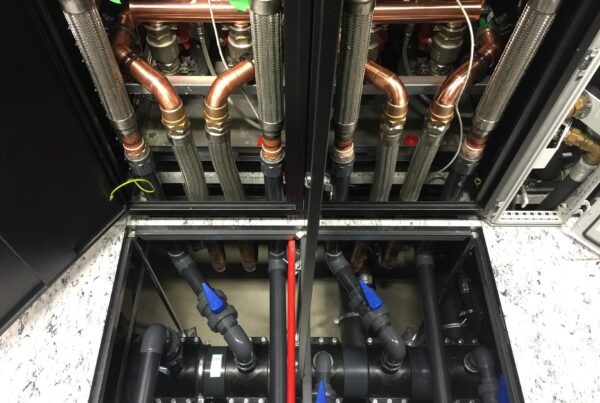Be ready to take the heat: Why taping into Direct Liquid Cooling

Data centers are critical to our modern digital infrastructure, supporting everything from e-commerce and social media to finance and healthcare. As the demand for data center capacity continues to grow, so does the need for effective cooling solutions. Traditionally, data centers have relied on HVAC (heating, ventilation, and air conditioning) systems to manage the temperature and humidity within the facility. However, with rising energy prices and the increasing thermal design power per chip (TDP), air cooling has become increasingly inadequate. That’s where direct chip cooling comes in.
Liquid cooling has become an increasingly popular solution for data centers looking to boost computing power and efficiency. One of the most popular options is DLC. Direct chip cooling involves placing a cooling mechanism directly on the chip, rather than relying on a separate HVAC system to cool the entire room. Compared to traditional cooling methods, direct chip liquid cooling offers several advantages that make it the best solution for high-density racks beating traditional HVAC systems.
Here are five key benefits of liquid cooling:
-
Increased Density: One of the biggest advantages of liquid cooling is the ability to increase computing power per rack. With traditional cooling methods, data centers are typically limited to racks around 25 kW. However, liquid cooling (whether direct or indirect) can push the limits beyond 100 kW per rack, allowing organizations to significantly increase their computing power.
-
Energy Efficiency and Lower TCO: Air cooling and conditioning require a significant amount of electricity to operate, while liquid-based refrigeration can use water to sufficiently cool servers. This results in lower energy bills, combined with less maintenance and potentially higher reliability levels, which leads to lower operating costs.
-
Improved Performance: Highly consistent and accurate cooling is required to meet the needs of the fastest NVidia GPU, Intel CPU, or AMD chips running at their highest performance. With air cooling, hot spots and thermal shutdown are possible at maximum load on the systems. Liquid cooling can provide more precise and consistent temperature control, ensuring optimal performance at all times.
-
Better Working Environment: Liquid-cooled solutions offer a quieter working environment than air-cooled data centers. The loud noise of thousands of servers running at maximum performance is eliminated, allowing for more comfortable working conditions and extended periods of time in the data center.
-
Elimination of power-hungry chillers and evaporative dry coolers: By raising the temperature in the cooling loop of the data center from 14C to 27C, 34C, or even 40-45C, data centers can eliminate power-hungry chiller systems and adiabatic cooling completely, reducing water consumption and increasing sustainability.
-
Consistent performance: Direct chip cooling offers highly consistent and accurate cooling, which is essential for meeting the demands of the fastest NVIDIA GPU, Intel CPU, or AMD chips running at their highest performance. With air cooling, hot spots and thermal shutdowns can occur at maximum load on the systems, leading to costly downtime.
-
Heat Re-use: The outgoing heated fluid from the servers can be diverted to district heating system to be reused as a heat source. This enables organizations to not only cool their servers but also to reduce their carbon footprint by repurposing the heat generated by their systems.






 dielectricfluids.eu
dielectricfluids.eu cryptocooling.eu
cryptocooling.eu